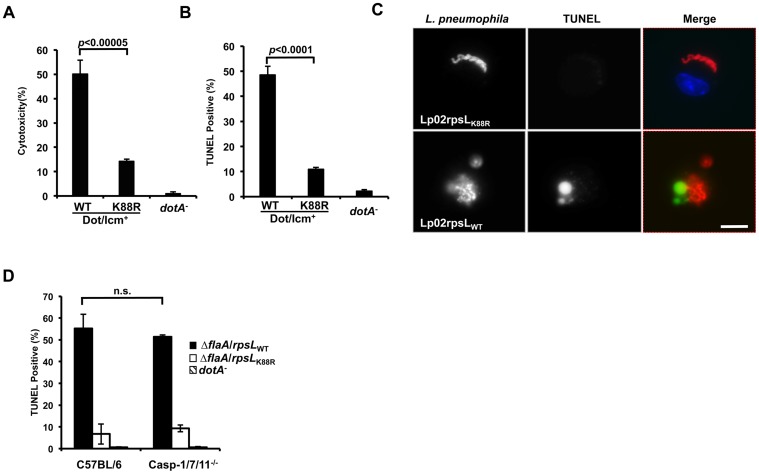Fig 3. L. pneumophila strains harboring wild type rpsL caused cell death in infected macrophages.
Bone marrow-derived macrophages from A/J mice were infected by the indicated bacterial strains for 14 hrs and health status of infected cells were evaluated by measuring the release of lactate dehydrogenase (LDH) (A) and by TUNEL staining (B) following by differently labeling extra- and intracellular bacterial by immunostaining. Infections were performed in triplicate and similar results were obtained in at least 3 independent experiments. For the TUNEL results, at least 300 infected cells were scored in each sample. C. Representative images of TUNEL signals and of bacterial phagosomes. Intracellular L. pneumophila bacteria were immunolabeled (red) with specific antibodies in BMDMs infected for 14 hrs; the status of host cell death was by TUNEL staining (green). Note the debris-like signals around the bacteria in samples infected with the strain harboring wild type RpsL. Images were acquired by a CCD camera with an Olympus IX-81 fluorescence microscope. Bar, 10 μm. D. Cell death caused by L. pneumophila occurs independent of the three inflammatory caspases, caspase-3, 7 and 11. BMDMs prepared from mice lacking caspases-3, 7 and 11 or its parental line C57BL/6 were infected with indicated L. pneumophila strains for 14 hrs and samples were processed to determine cell death as described in B. Note that the strain expressing wild type RpsL caused cell death in BMDMs from both mouse lines. The deletion of the flaA gene is to eliminate the effects caused by the NAIP5 allele in these mouse lines in response to flagellin.

